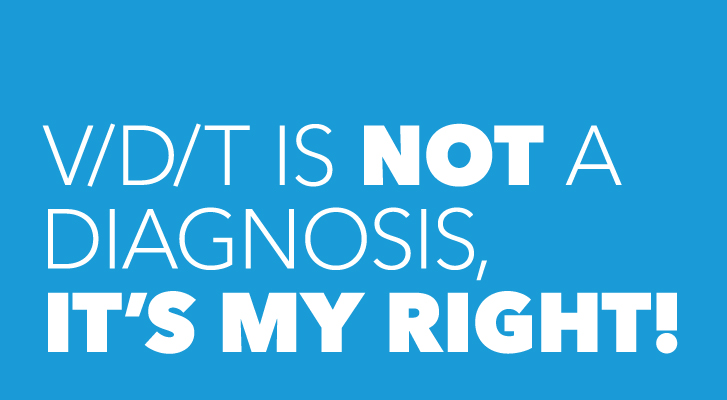When meaningful use stage three proposed rules were recently issued, the requirement that five percent of patients actually view, download and/or transmit their electronic health information was ratcheted up to thirty-five percent. This was understandably viewed by many healthcare providers as a bridge too far designed by unrealistic policy wonks. As is often the case when proposed rules raise the bar too much and too fast, many of us who watched this process unfold during stages one and two expected a boisterous public comment period filled with wailing and teeth gnashing followed by the issuance of a final rule settling on a V/D/T requirement in the ten percent range.
Before the pitchforks could be removed from the barn and brandished, CMS threw an unexpected curveball just prior to the HIMSS conference, publishing a proposed rule that all but eliminates any V/D/T thresholds. The new proposal would only require that a single patient access his or her data to show that the capacity for digital engagement exists.
If you are lucky enough to be the first patient to ask for your electronic data during a meaningful use attestation period, you can view, download or transmit your digital clinical summary as though it is the year 2015.
If you are the second patient (or the 22nd, or the 102nd) to make the same electronic records request, you will be left holding the bag while old Dr. Welby reassures you that there is no need to worry about that newfangled electronic engagement nonsense.
Those of us who have toiled for years to promote patient engagement are used to two steps forward, one step back. What we did not expect was The Karate Kid illegal leg sweep designed to maim patient access to electronic records and force the forfeiture of the match.
The timing adds insult to injury, and certainly undercut the significant volume of HIMSS educational programming focused on electronic patient engagement. Those contemplating the rule rollback should have attended the presentation by Dr. Jeff Hatcher from Margaret Mary Health, an Indiana critical access hospital that has convinced more than twenty-five percent of its patients to create a community patient portal account and engage electronically. By giving patients a single tool to manage their health information, building portal promotion into provider workflow, and using some creativity to connect consumers and clinicians, Margaret Mary Health is now collaborating electronically with a diverse patient population that includes a fair share of seniors and rural residents.
Not so long ago, “engaged” patients were the people depicted in stock photos on hospital websites — a smiling-in-spite-of-the-green-gown healthcare consumer surrounded by a caring nurse and a concerned physician. We made significant progress over the last few years — using health information technology to make electronic data available to patients who are then better equipped to actively participate in their care. This kind of engagement seems to make sense in a patient-centric age.
Is a thirty-five percent V/D/T requirement realistic for stage three? No, even those of us who make a living in this space would agree this was an overreach. Far more preposterous is the elimination of the current five percent threshold in favor of electronic engagement with a single patient. What makes more sense is what most of us expected — a requirement in the ten percent range with appropriate and reasonable exceptions for providers who truly have no hope of clearing the bar.
But hey, don’t take my word for it. Just ask patient number two and those in the growing engaged patient crowd who expect, in 2015, to get easy and unfettered access to their electronic health information.


Comments (2)
Jeff Donnell:
Apr 27, 2015 at 08:13 AM
I agree that V/D/T is far from the be-all/end-all for patient engagement. However, if we flash back to MU1, providers had to share electronic information with a percentage of patients who asked for it, and often that information was provided on a USB drive or a CD. EHR vendors developed a means for sharing data electronically, got certified for it, and most providers did little or nothing to promote the availability of electronic data to their patients. When the 5% V/D/T threshold was introduced, providers needed not only the means to share data electronically, but were given incentives to promote data availability and build that promotion into workflows. My concern is that the move to one patient is a giant backward leap and will be used by many to go back to business as usual and shut down initiatives aimed at electronic patient engagement. In my experience, V/D/T has prompted the provider community to finally get serious about sharing electronic health records with their patients. Historic resistance to deeper patient engagement is going away, practices and hospitals are coming up with creative ways to get patients involved, and patients are realizing the benefits of easier access to their own health information.
John Lynn:
Apr 24, 2015 at 02:47 PM
I guess I take such a different view on the change. I don't see the VDT as real patient engagement and so changing it to 1 could be a good thing. It's not like a vendor like you will code so that it only works for one person. They'll make it work for anyone, but the doctor will just have to have one person actually use it. Plus, when you look at the ways people have worked to game the 5% state in order to meet MU, it's hard to even describe the VDT requirement as patient engagement. So, I think the move to 1 patient is not a bad thing and might be a good thing if it frees practices up to actually meaningful engage with their patient.